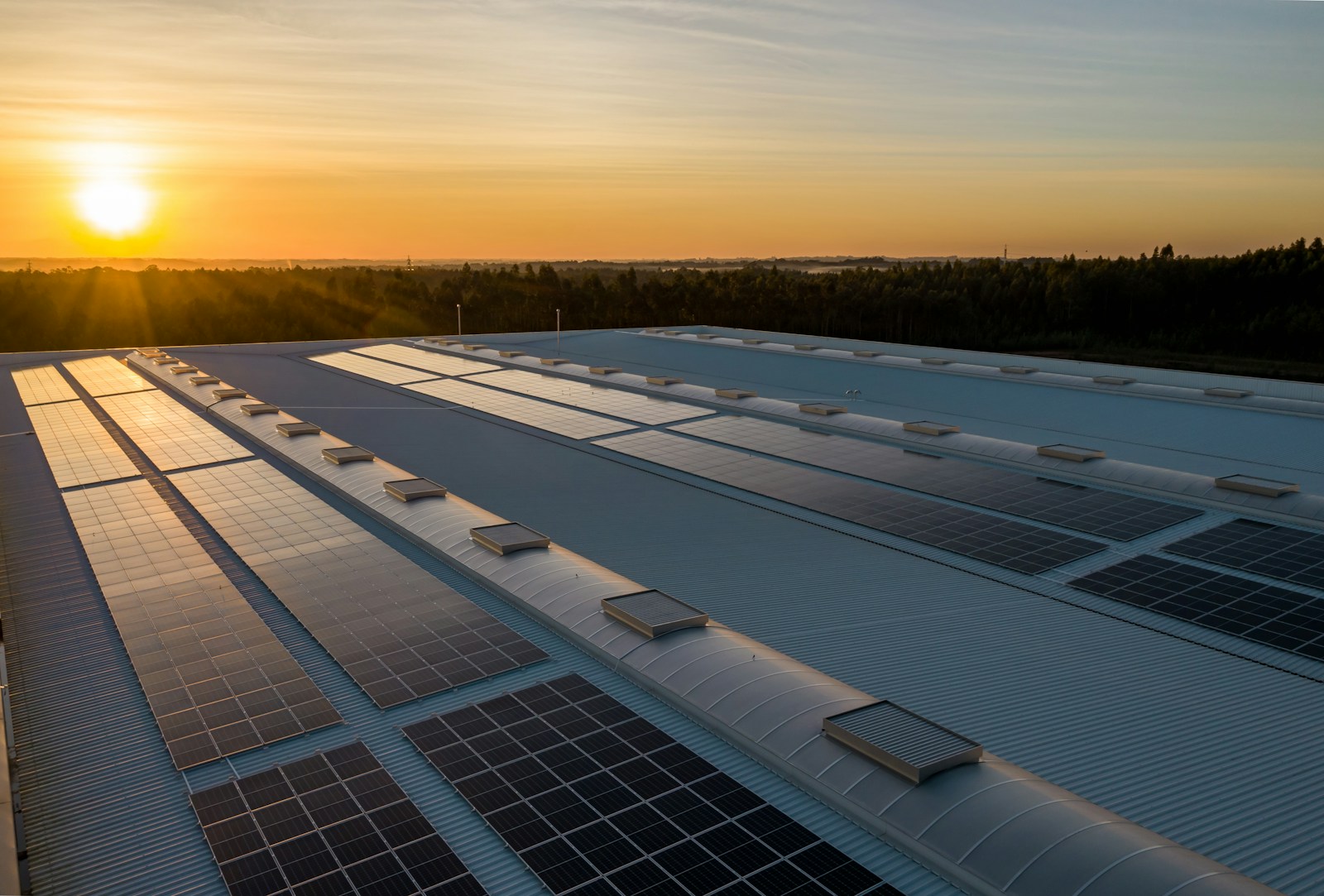
As renewable energy adoption surges worldwide, with solar installations growing by 40% annually, homeowners are increasingly seeking true energy independence. While solar panels offer clean power generation, the grid’s vulnerability during extreme weather and peak demand periods remains a critical challenge. Modern solar batteries emerge as the missing link, transforming intermittent solar power into reliable, round-the-clock energy security. Beyond just storing excess energy, these advanced systems enable homeowners to maintain power during outages, optimize energy consumption, and maximize their renewable energy investment. This guide will navigate you through the essential factors in selecting an environmentally responsible solar battery system, ensuring your transition to sustainable energy aligns with both personal and planetary benefits. Whether you’re considering your first solar installation or upgrading an existing system, understanding these key selection criteria will empower you to make an informed, eco-conscious decision.
Why Solar Batteries Revolutionize Renewable Energy Storage
Solar batteries represent a transformative leap forward in sustainable energy management, fundamentally changing how we harness and utilize renewable power. By enabling true energy independence, these systems free homeowners from grid constraints while significantly reducing reliance on fossil fuel generators during outages. Modern solar batteries serve as the crucial bridge between intermittent solar generation and consistent power needs, storing excess daytime production for nighttime or cloudy day use. This intelligent energy management enables peak shaving – reducing grid consumption during high-cost periods – and load shifting, which optimizes power usage patterns for maximum efficiency. Real-world impact metrics demonstrate their effectiveness: homes with integrated solar battery systems typically reduce their carbon footprint by 7-10 tons annually, equivalent to taking two cars off the road. The ability to store and strategically deploy clean energy also strengthens community grid resilience, reducing the need for utility companies to fire up polluting peaker plants during high demand. When widespread adoption is achieved, solar batteries could help decrease grid-related carbon emissions by up to 30% in urban areas while providing critical backup power during increasingly frequent weather-related outages.

Essential Selection Criteria for Eco-Friendly Solar Batteries
Battery Chemistry and Environmental Impact
When evaluating solar batteries, chemistry choice significantly impacts environmental footprint. Lithium-ion batteries offer superior environmental performance with 95% lower toxicity compared to traditional lead-acid alternatives. Modern lithium batteries achieve recycling rates up to 95%, while lead-acid typically reaches only 60-70%. Manufacturing carbon footprint varies dramatically: lithium-ion production generates approximately 65kg CO2 per kWh capacity, versus 89kg for lead-acid. Emerging sustainable material innovations include bio-based electrolytes and recycled cathode materials, reducing raw material extraction impact by up to 35%.

Performance Metrics for Green Efficiency
Optimal environmental performance relies on maximizing battery longevity and efficiency. Look for Depth of Discharge (DoD) ratings of 90% or higher, enabling fuller capacity utilization while maintaining 15+ year lifespans. Round-trip efficiency should exceed 90% to minimize energy waste during storage cycles. Temperature sensitivity significantly affects sustainability – select systems rated for -4°F to 140°F operation to avoid energy-intensive climate control. Power rating should match daily consumption patterns within 10% to prevent oversizing and waste.
Certifications and Sustainability Standards
Verify environmental credentials through recognized certifications. EPEAT Gold-rated batteries meet strict sustainability criteria across their lifecycle. UL ECOLOGO certification ensures minimal toxic materials and responsible manufacturing. Evaluate manufacturer supply chain transparency and fair labor practices through initiatives like the Responsible Battery Coalition. Look for committed second-life programs that repurpose batteries for grid storage, extending useful life by 5-10 years. Leading manufacturers offset remaining carbon impact through verified renewable energy credits and reforestation projects.
Top Eco-Friendly Solar Battery Solutions
Today’s leading solar battery systems showcase remarkable advancements in sustainable design and performance. The EcoFlow OCEAN Pro exemplifies this progress with its innovative TriShield Protection System and industry-leading 40kW solar capacity, utilizing recycled materials for 35% of its components. Other notable systems include LG Energy Solution’s home batteries with advanced thermal management and 94% round-trip efficiency, while incorporating bio-based electrolytes that reduce environmental impact. Enphase’s IQ Battery emphasizes modularity and repair-friendly design, extending system lifespan through easy component replacement and upgrade paths. These solutions demonstrate how technological innovation can align with environmental responsibility, offering homeowners reliable power storage solutions that minimize ecological impact throughout their lifecycle.
Solar Battery Installation Process Explained
Pre-Installation Assessment
A thorough pre-installation assessment begins with a comprehensive energy audit that analyzes 12 months of electricity consumption patterns. Professional evaluators measure peak demand, identify energy-intensive appliances, and calculate optimal battery capacity using advanced load profiling tools. The site evaluation examines roof structure, available wall space, and ventilation requirements to determine ideal battery placement. Thermal imaging identifies potential heat accumulation zones that could affect battery performance. Key regulatory requirements include local building codes compliance, utility interconnection standards, and fire safety regulations. Homeowners must secure necessary permits, schedule utility inspections, and verify HOA compliance where applicable.
Integration Best Practices
Successful solar battery integration requires careful attention to system compatibility and safety protocols. Modern hybrid inverters should match both solar array and battery specifications within 5% tolerance for optimal efficiency. Installation teams implement comprehensive safety measures, including proper PPE usage, spill containment protocols for chemical components, and dedicated battery isolation switches. Thermal management optimization involves maintaining 6-inch minimum clearance around units, installing temperature sensors at critical points, and ensuring adequate airflow paths. Smart monitoring system setup includes configuring backup load priorities, establishing remote access protocols, and programming automated performance alerts. Installers verify communication between battery management systems, inverters, and home energy monitors to enable real-time power flow visualization and automated efficiency adjustments.
Empowering Sustainable Energy Independence
Selecting an environmentally responsible solar battery system requires careful consideration of three fundamental pillars: battery chemistry, operational efficiency, and verified sustainability certifications. Modern lithium-ion technologies, with their superior recyclability and reduced toxicity, represent the most environmentally sound choice for most installations. When paired with high-efficiency metrics like 90%+ DoD ratings and intelligent thermal management, these systems deliver both immediate backup security and long-term ecological benefits. The investment in certified sustainable battery solutions pays dividends not just through reduced electricity bills, but through meaningful reductions in household carbon footprint – typically 7-10 tons annually. As extreme weather events increase and grid stability concerns grow, the decision to embrace solar battery technology becomes both a personal power security measure and a vital step toward collective climate action. By choosing systems that prioritize environmental responsibility throughout their lifecycle, homeowners can confidently participate in the renewable energy revolution while ensuring their impact on the planet remains positive for generations to come.



